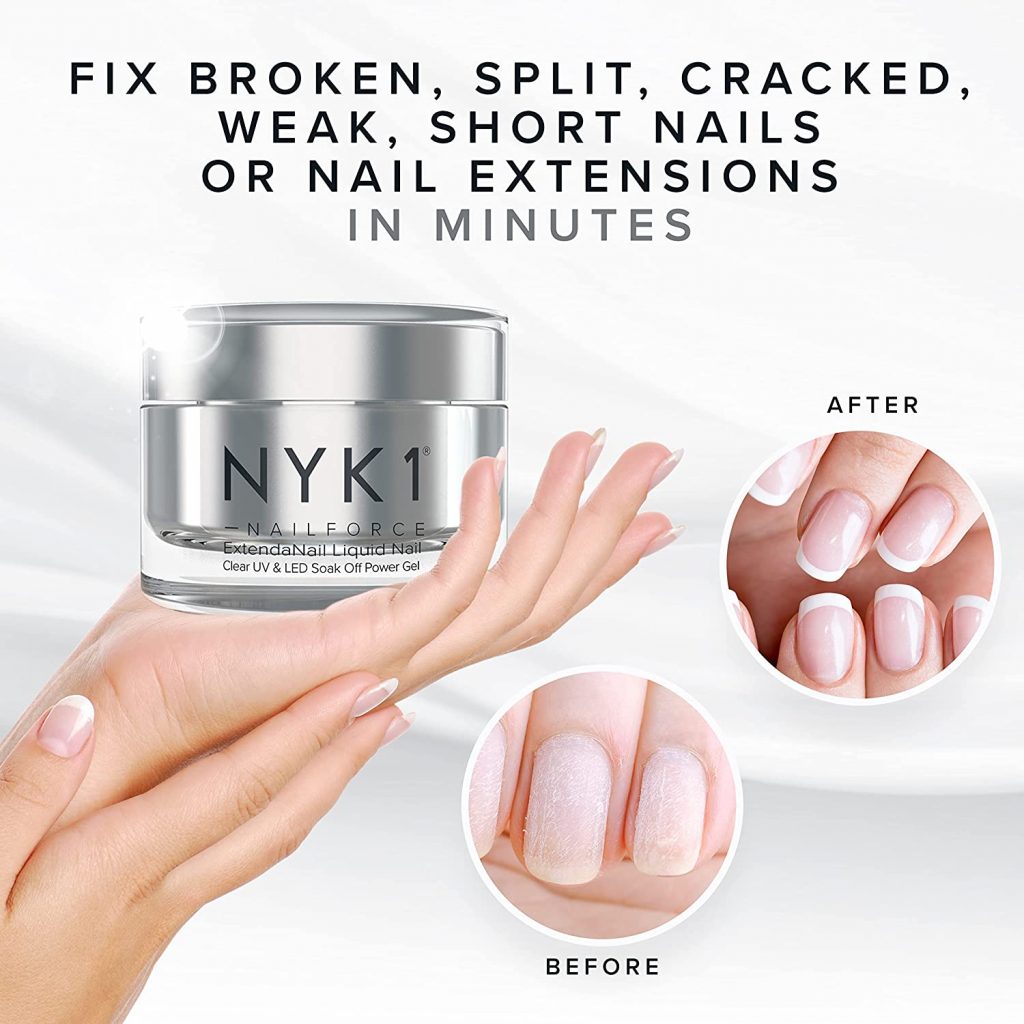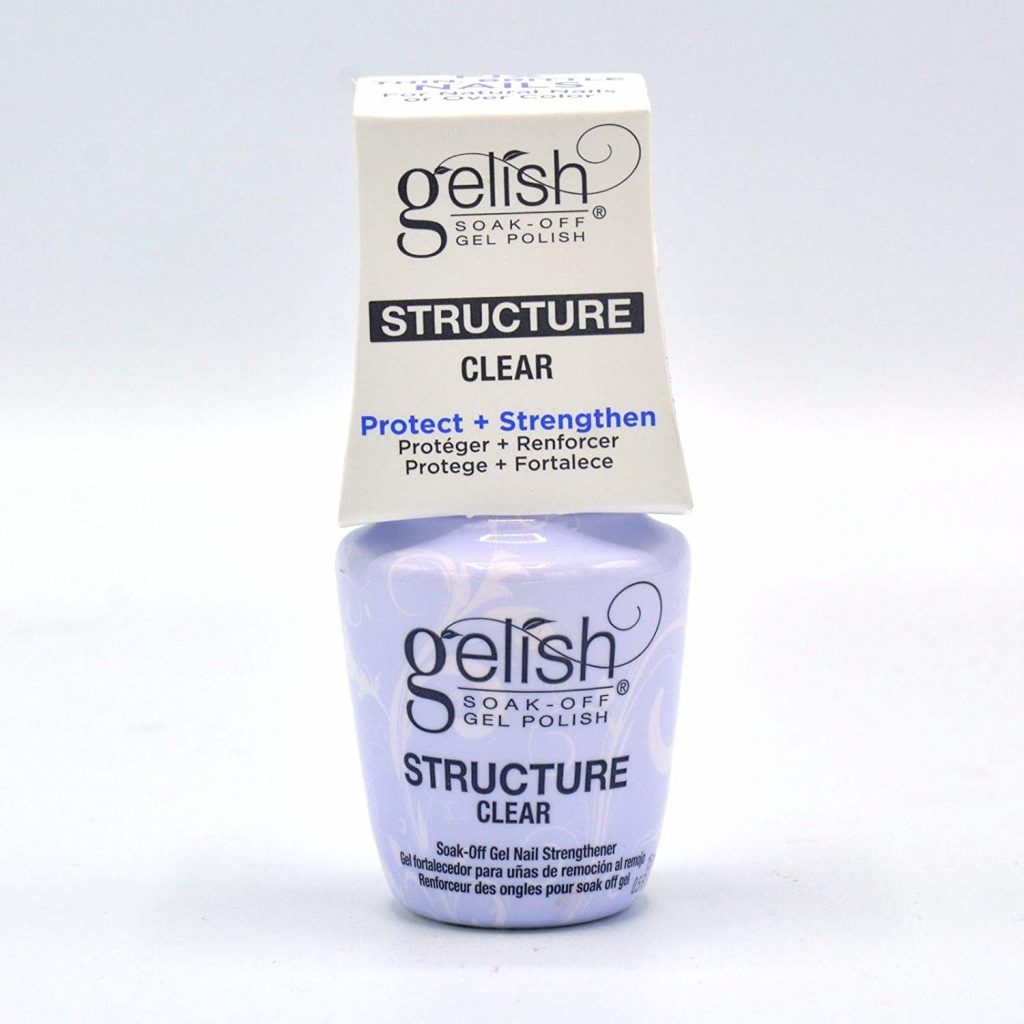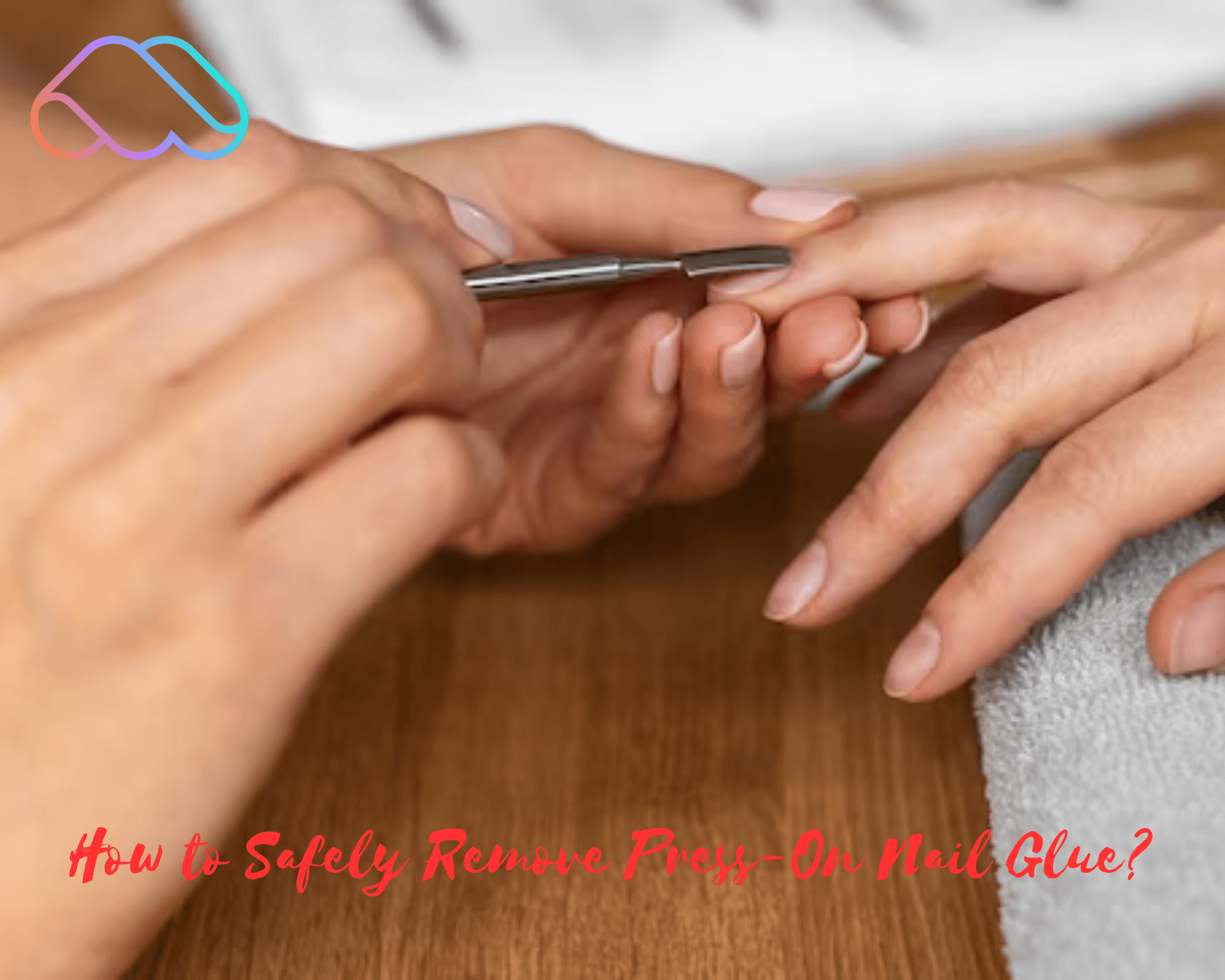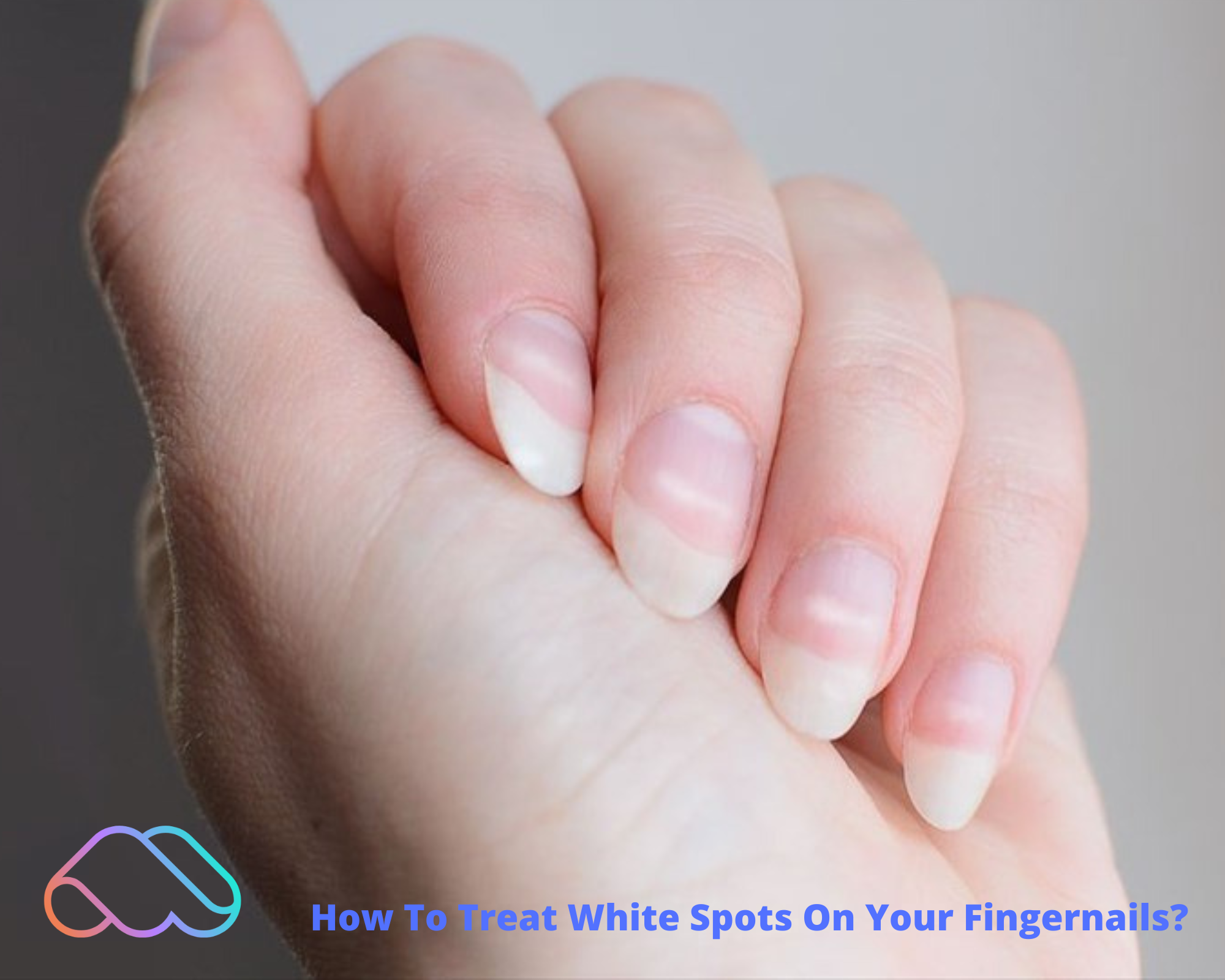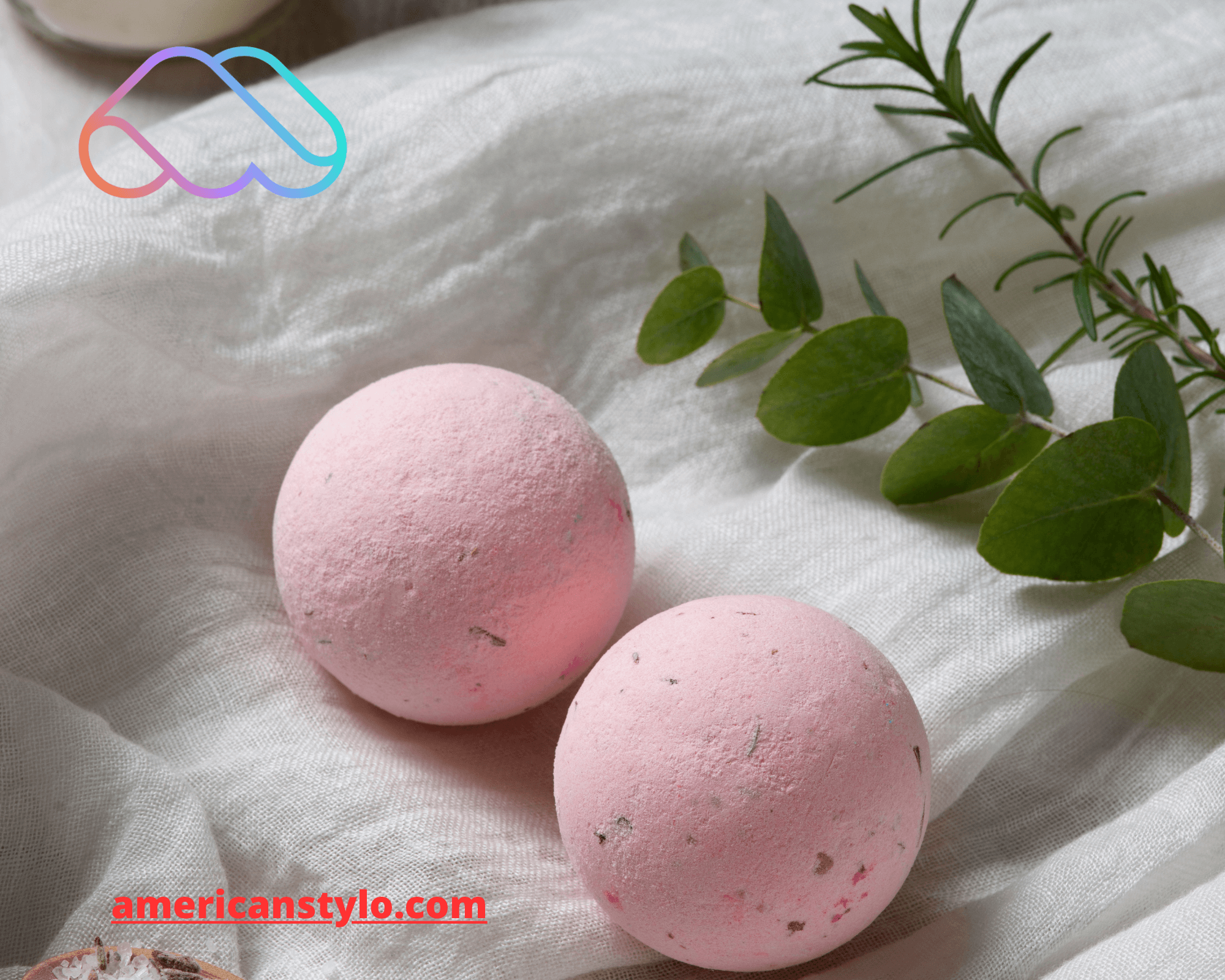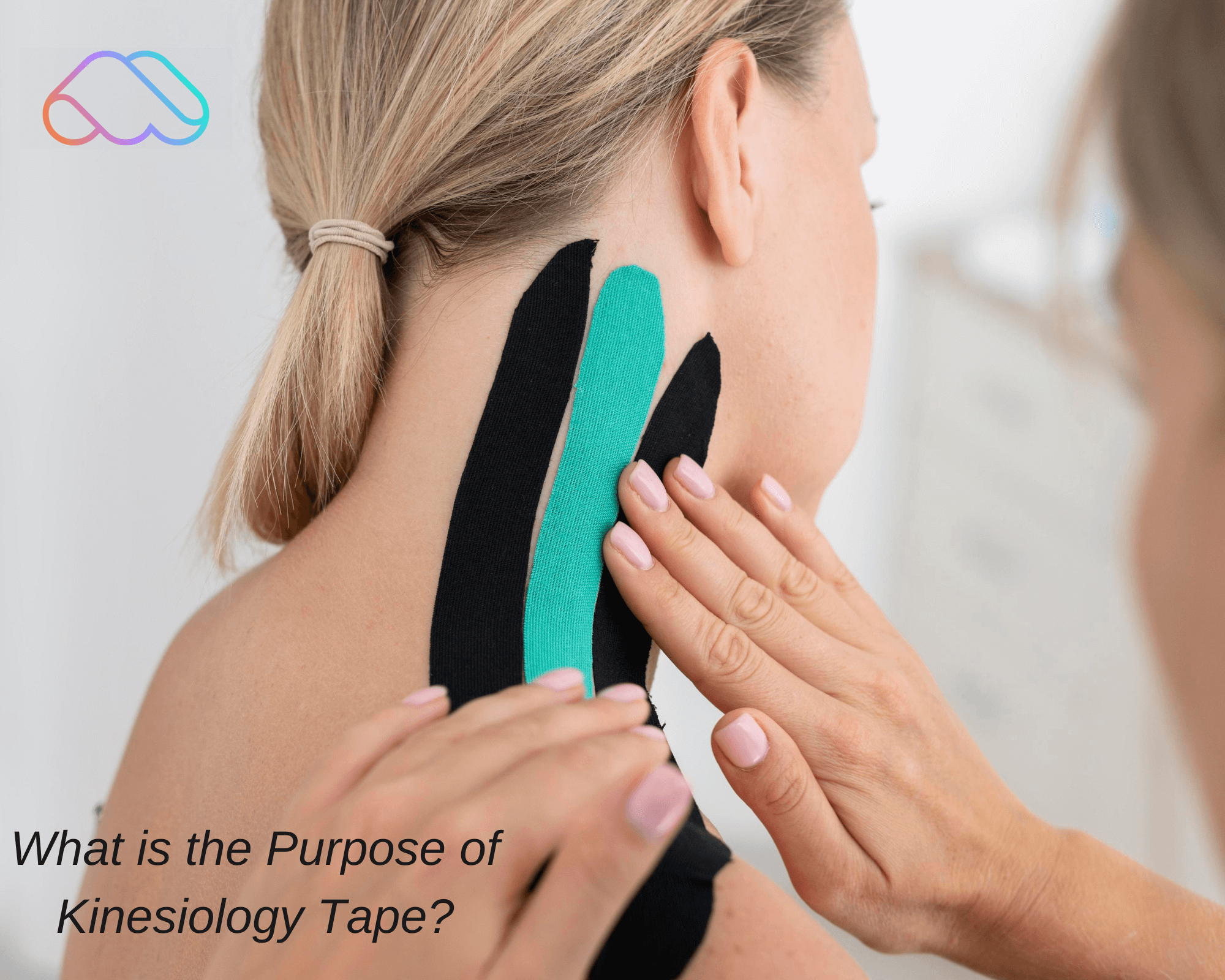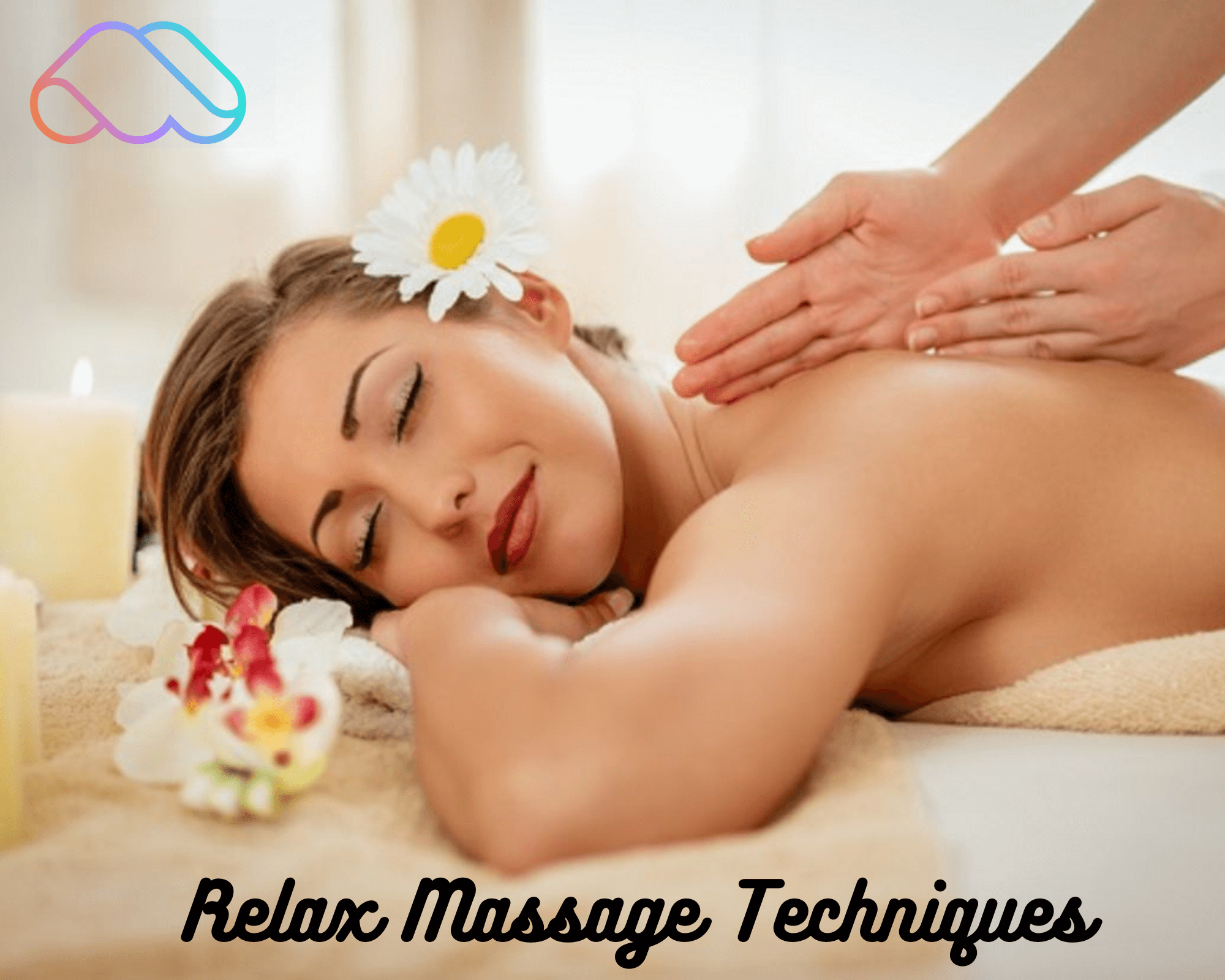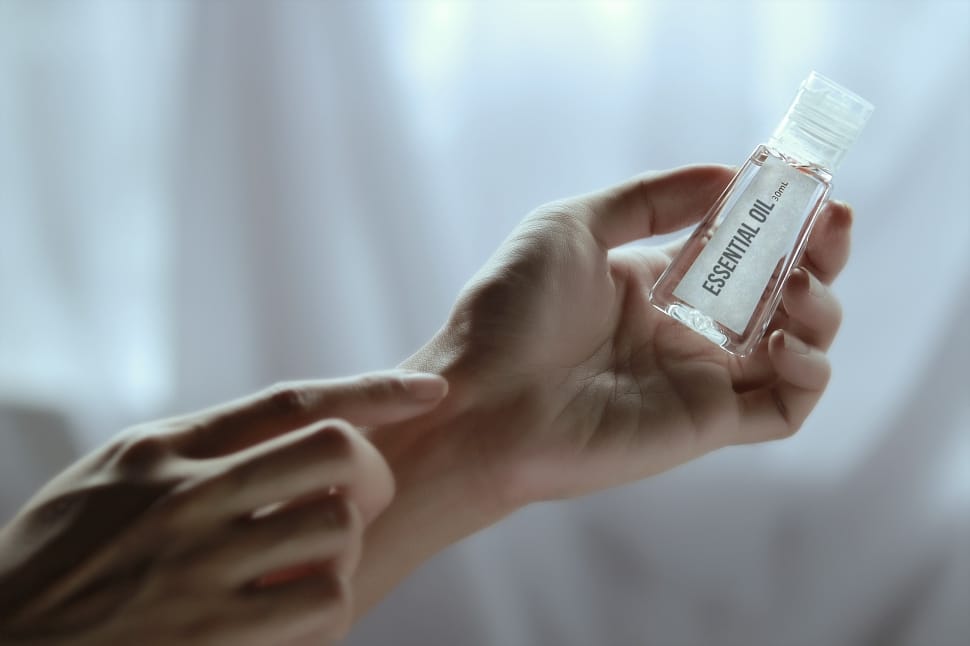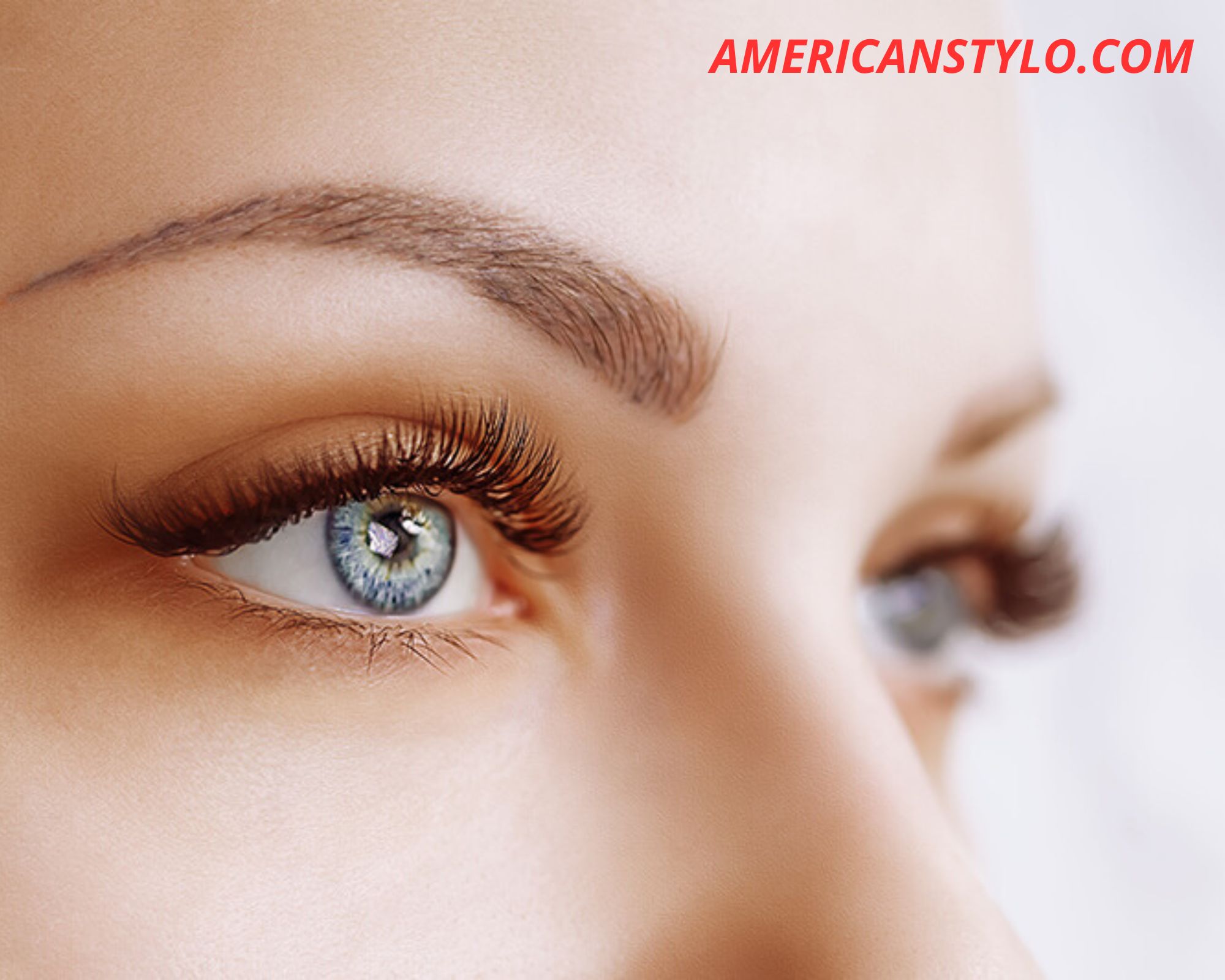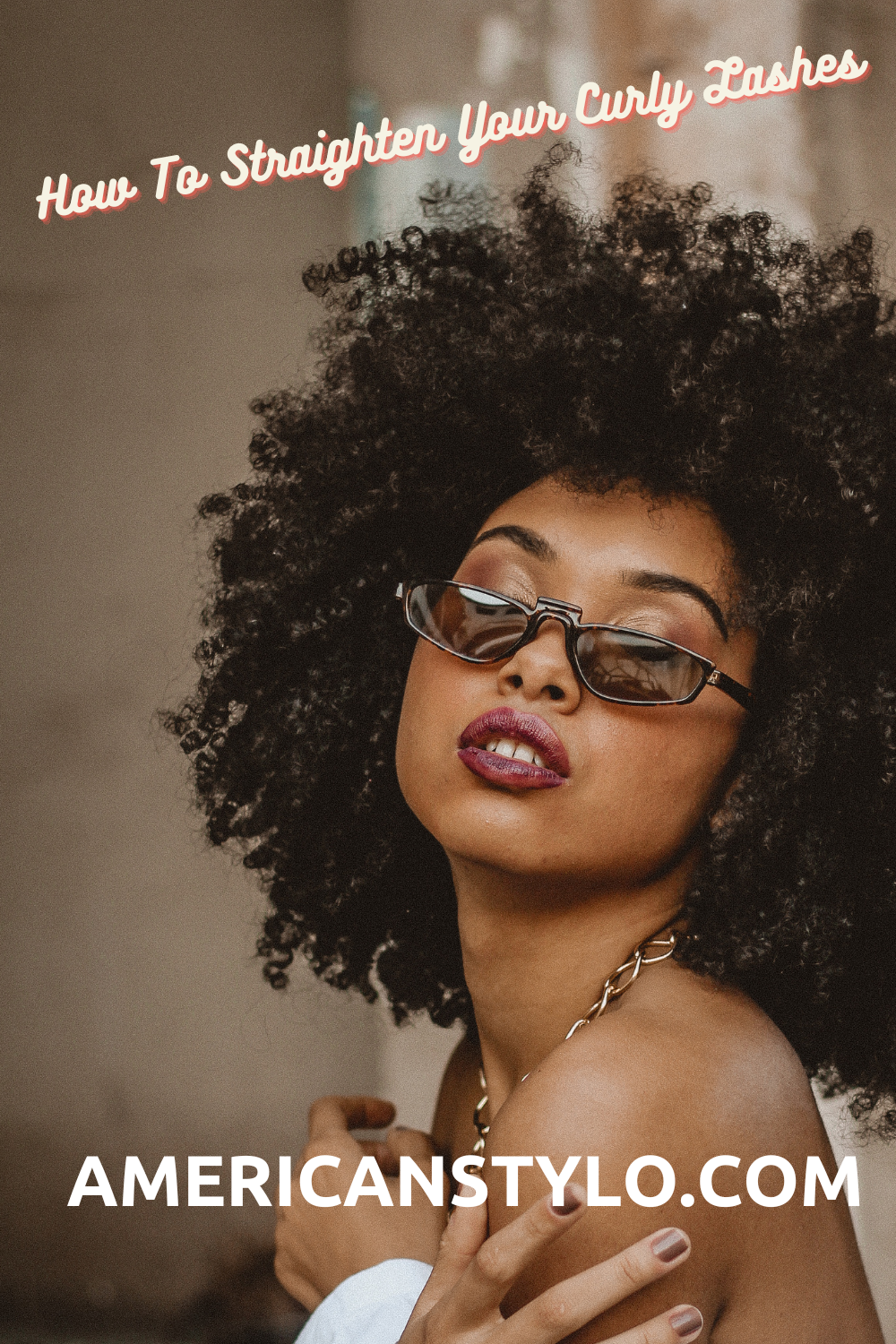
There are so many options when it comes to gel manicures that it might be overwhelming. A clear gel overlay on natural nails is one type you’re likely to see. But what exactly is this? What can you tell about them? What are they there for? Why not have a look?
So, what exactly is a clear gel overlay on natural nails? To give the natural nail more shape and structure, gel overlay is a substance that is put directly on top of the natural nail. Unlike fake nails, a gel overlay does not prolong the nail in any way. Gel overlay, on the other hand, creates a natural, clean, and simple appearance.
If you’re interested in learning more about gel overlays, look no further than the information provided here.
What are clear gel overlay on natural nails?
Because your natural nails are weak, strengthening them is the first step in growing long, healthy nails. When applied over your natural nails, overlays act as a barrier to keep them from shortening, allowing you to reach the length you desire while also making them more solid.
In contrast to nail extensions, a clear gel overlay on natural nails features a firm product layer. The new Polygels and other dense gels, such as building gel for nails, are examples of these, as are any of the aforementioned gels in a bottle or container (a hybrid between acrylic and gel). Protecting your natural nails from the elements is made easier with these overlays.
Make sure you don’t get the wrong idea about what a clear gel overlay on natural nails is and what a gel polish is. Semi-permanent gel polish is applied in two thin coats of colour and then finished with a top coat of the same gel polish.
Exactly On natural nails, what is the function of a clear gel topcoat?
Gel and acrylic manicures have various advantages and disadvantages. Polymer nails are manufactured by dipping powder in a solvent and letting it solidify over the original nail. Acrylic nails, on the other hand, are typically only available in transparent or natural tones. The chemical butylated hydroxyanisole (BHA) used in gel nail gloss is solidified or baked-on with ultraviolet light after the gloss has been applied, in contrast to regular nail gloss. Gels are also available in a wide range of vibrant hues and colours.
Is Nail Gel Overlay Safe?
Yes, if done correctly, they can be quite beneficial to those with weak or short nails. If you don’t, you may suffer from fungal infections. Biting your nails is a bad habit, isn’t it? Your nails may not be developing effectively, or they may be extremely brittle.
If you have natural nails, then a gel overlay is the best option for your next salon visit! Overlays of gel allow persons with short, fragile nails to look beautiful and natural at the same time.
Your nails will be healthier and more beautiful because they are less harmful than most other types of extensions. That does not imply that overlays are completely safe. The risk of fungal infections can occur if the product is applied inappropriately or if the salon lacks the proper cleanliness.
Clean the area where your overlays will be applied before you begin applying any of them. Put down a fresh hand towel to dry your hands if you’re doing it in your own home.
How to do gel nails with tips at home?
To begin, use an acetone-free nail enamel remover to wash your nails. Remove the gloss with a light buffing. If necessary, file the nails into form and then clean them again.
Using a bonder/primer before applying the gel is recommended. In most cases, it’s part of the gel kit. Allow the primer to dry completely before applying another sheet.
That’ll be followed by an application of the gel. To begin, apply a gel base coat. Before curing it under a lamp, ensure it hasn’t come into contact with your skin. Use an LED light. Cure the excess gel with light for 60 seconds after removing it with a wood stick (or however long your gel needs).
It takes longer and more effort to put on the second layer of gel. The gel should be applied to the whole nail. After that, run a thin layer of gel along the middle of your nail (from the nail bed to the nail tip). Cure the gel by placing it under a lamp for a few seconds. This method provides a lovely curve for the second layer. This emphasises the natural curvature of nails, but if you have “flat nails,” it can help you achieve a round, curving appearance.
The gel usually leaves a sticky film on your nails after a few days. However, a non-acetone nail enamel remover is all you would like to use
Now, don’t freak out if the surface of your nails seems a little weird after the second coat of gel. There is a learning curve. Shape the gel with the assistance of a gel file. Avoid filing it to your natural nail’s surface to protect it.
Use a buffer to eliminate any shine if you don’t need to file after the second coat and smooth down the surface when you’re satisfied with the results.
Using the acetone-free nail polish remover, remove all of the polish off your nails. There are a plethora of gel shades to pick from. You are liberal to add whatever you wish.
Apply a little layer of the gel top coat to each nail and allow it to dry. Cure it under a light once you’ve capped the exposed edges. Simply peel off the adhesive layer and you’re done.
What is a hard gel overlay?
For those times when a clear gel overlay on natural nails isn’t enough, there’s the option of a gel overlay. After curing it under the light, clear building gel is as hard as glass. When gel extensions are applied, technicians use this.
Application:
Hard gel, as opposed to its acrylic cousin, has little to no odour and is said to be healthier and more environmentally friendly. A single pot of hard gel can come in a variety of colours. When exposed to LED or UV light, this gel hardens.
Wear:
Clients should be aware that hard gel nails are a little more fragile than acrylic nails, so they should take extra care when doing their daily tasks. However, hard gel nails are still strong and can last for a long time if they are properly cared for. Gel nails are more flexible than artificial nails, making them appear and feel more real.
Customers who constantly work with chemicals (such as acetone), frequently submerge their hands in water, or who frequently change their nail polish colour might consider gel nails because the hard gel does not break down in acetone. It’s possible to lift hard gel nails, but it’s less common than with acrylic nails.
Removal:
Because hard gel will not dissolve in acetone (it’s a molecular thing), the natural nail must be filed and buffed to remove it. As a result, natural nail layers might be filed away, causing the natural nail to become weaker over time. When it’s time to get your gel overlay or extensions removed, make an appointment at the salon.
Gel overlay vs gel polish
Gel overlays are often made of hard gel, while gel polish is typically made with a more flexible form of the material. The soft gel can be removed more easily than hard gel, but the former lasts longer. A clear gel overlay on natural nails, as opposed to polish, can contour the nail. In other words, it’s polished.
Although it is more durable than most conventional polishes, it does not allow you to shape your nails in the same way an overlay can. Gel polishes typically make use of a “soft gel.” Due to its porous nature, it won’t be able to withstand as much wear and tear.
However, there is a positive side to this: you can remove the soft gel from soaking, which is impossible with hard gel. As an added bonus, applying gel polish at home is significantly simpler.
It is nearly always necessary to use strong gel for gel overlays to increase their durability and structural integrity. This means that soaking them off at the same time is unlikely to work. Heading to a salon is the ideal option, but if necessary, you can store them away at home. However, you’ll care more than makeup for it in the form it offers you and the time it saves you from having to attend the salon.
As you can see, gel polish and gel overlays have some significant differences. What you decide can have a significant impact on your whole experience. Because each has advantages and disadvantages, deciding on the best option comes down to your personal preferences.
Nail glue alternatives
A mixture of acrylic resin
If you’re going to utilise fake or press-on nails, you’ll need the acrylic mixture to adhere them to your nails. This is a mixture of liquid and powder that is used to create artificial nails. Using Acrylics to glue on press on or fake nails is arguably the most durable and long-lasting option.
The Advantages of Acrylic Nail Glue
- Resistant to pressure, heat, and water.
- It can last for up to three weeks if applied appropriately.
Disadvantages of Acrylic Nail Glue
- Acrylic, like nail glue, is harsh on your nails, especially when removing them.
- To the need for acrylic liquid and powder, this option is more expensive.
- When compared to the use of nail tabs or nail adhesive, it is a little more difficult to apply.
How to use acrylic as Nail glue
- To begin, wash your nails well in warm soapy water.
- Cuticles can be used to push back and clean your nails with a cuticle pusher.
- After that, buff your nails using a nail buffer.
- After that, use either acetone or rubbing alcohol to clean your nails.
- You can now apply a coat of no-lift nail primer to your nails if you have one.
- Once you’ve soaked your brush in the acrylic liquid, dip it into the powdered form. Making a bead that isn’t completely solid.
- Cover your nails with the fake or press on nails once you’ve applied the bead to them.
- Hold the press on nails in places for 10-15 seconds until the acrylic has dried completely.
Gel nail polish
Press-on or fake nails can be adhered to with the use of Gel Nail Polish as an adhesive. Nevertheless, Gel Nail Polish’s main problem is that it is inconsistent as glue. This is because the effectiveness of the press on nails is dependent on the colour of the press.
So, as you can see, gel polish is best utilised with fake nails that don’t have an opaque or very dark colour to them. This is because UV or Led light cannot penetrate a dark press on nail and cure the lacquer.
Gel Polish, on the other hand, can be a very powerful adhesive for press-on Nails that are transparent or translucent.
NYK Strengthening Nail Builder Gel For Nails
In addition to being an overlay, this can also be used to make your nails longer. Instead of filing or forcing your Builder Gel into place, you may just rinse it away. Because it self-levels so well and quickly, this is not a thick gel, but rather a thinner one. That means it’s easier to work with and saves time when it comes to filing and shaping because there aren’t as many lumps and bumps.
If you’re just starting and don’t have your own set of tools, this brush will come in helpful. Only a light, a base coat, and atop coat finish are left for you to choose from.
Soak-Off Gel – Structure Gel Clear 0.5oz/15ml
If you’re currently painting your nails with normal or gel polish, this structural gel is for you because it comes in a bottle. There’s no need for much more than a bottle of gel polish and a few more brushes and tools.
The sticky layer can be removed and left in place, or a topcoat gel can be used to finalise the application of this structure gel. Compared to typical gel polishes, this one has a thicker consistency, but it applies easily and self-levels rapidly, so even if you mess up the application the first time, it will level out to an even form.
Kiara Sky Dipping Powders Essentials Kit
This Kiara Sky colour pack is a stunning find. It’s long-lasting, odourless, and comes with everything you need for a 21-day manicure that’s immaculate and won’t lift or chip.
This powder kit for nail dipping has a wide range of colours, which is one of its best features. Make a lovely design with French or full-coverage nail polish, glitter pictures, and other options. It’s one of the best nail dipping systems that you’ve tried out.
Frequently Asked Questions
Question: Can you use gel to glue nail tips?
Answer: Before you apply the gel, glue on a set of nail tips to give your manicure some extra oomph. A buffing block is required to remove the shiny surface from both your natural nails and tips, however, after you do this you can apply all of the gel layers from your cuticle to your fake nail tip’s free edge.
Question: What is better?Gel or acrylic overlay?
Answer: In comparison to acrylics, the gels are more durable and less prone to yellowing and cracking. Gel nails are available in a broad variety of colours, but they must be removed by a trained manicurist each time a customer wants to change her nail colour.
Conclusion about Clear gel overlay on natural nails
With a thorough understanding of how clear gel overlay on natural nails works, you will be able to predict the ultimate look of your nails once you’ve had the procedure. Even if you choose to go with just a clear gel overlay over your natural nails, the results are still stunning.
The idea is to have a larger selection of natural-looking nail polishes to choose from, whether you want to keep your look simple or go all out with your nails to match your clothing of the day. With the new season just around the corner, it’s time to give yourself a little pampering with this exclusive clear gel overlay on natural nails technique.

